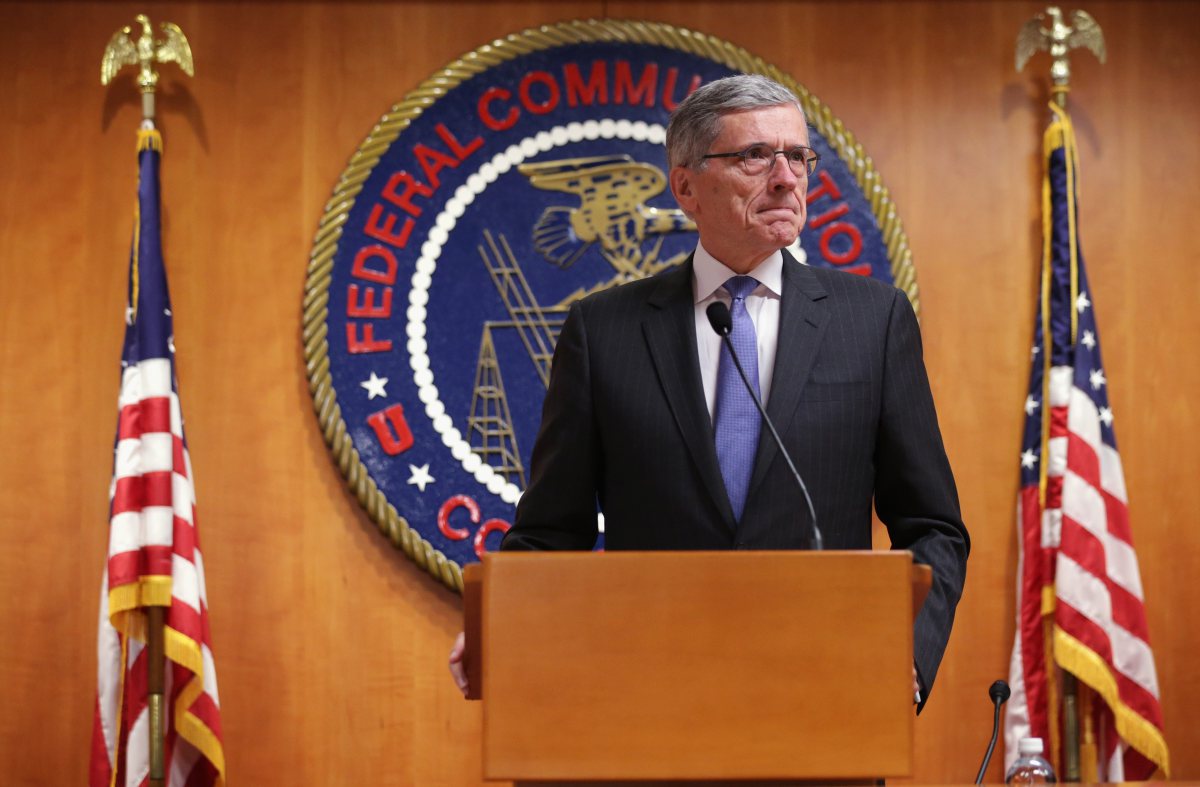Affiliate links on Android Authority may earn us a commission. Learn more.
FCC changes broadband's definition to 25Mbps or higher

Despite protests from all the major ISPs out there, the Federal Communications Commission has voted in favor of officially changing the definition of “broadband”. Before the latest change, all a connection had to do was get 4mbps down and 1 Mbps up to be branded as broadband, but under the new definition services must be at least 25 Mbps down with a minimum upload speed of 3 Mbps.
With more of us rocking smartphones, tablets and other connected devices that have a high demand for fast internet speeds, the change in definition makes a lot of sense. As the FCC states, the world’s demand for high-speed service is going to continue to increase and so changing the definition helps better prepare us for the future. It’s also worth noting that online 4K transmissions require a minimum of 25 Mbps, and so the new guideline means that any true “broadband” connection should play nicely with streamed 4K videos.
With more of us rocking smartphones, tablets and other connected devices that have a high demand for fast internet speeds, the change in definition makes a lot of sense.
Of course, changing the term broadband also means that now a little under 20 percent of Americans don’t have a way to access broadband speeds. In contrast, less than 6.3 percent of folks didn’t have access to broadband under the previous guideline, with the majority of these individuals living in relatively remote rural areas.
It is also important to note that the change in definition means that DSL is pretty much no longer a broadband service, as DSL speeds are generally much lower than 25 Mbps. For Verizon and AT&T, that means 4 million and 2.5 million subscribers respectively are now on DSL services that don’t qualify as broadband. Likewise many smaller DSL-based operations (telephone companies, etc) are also finding themselves in a similar situation.
What the definition change means
So they changed the definition, does that really matter? Immediately, no, it probably won’t make a big difference for customers. Long-term though, it should mean faster internet speeds for everyone. Sure, the guidelines don’t force providers to offer broadband services and they can still continue offering lower speed packages, but folks will recognize them as slower and inferior. In turn, this means more consumers will (hopefully) demand faster packages and ISPs will be forced to compete.
It is also worth noting that the FCC recently ruled that companies accepting government-issued Universal Service funds in order to build networks in rural network need to provide at least 10 Mbps down and 1 Mbps up for deployments and so this change combined with the new broadband definition should mean even folks in very rural areas of the United States should have little problem getting reasonable Internet speeds in the near future.